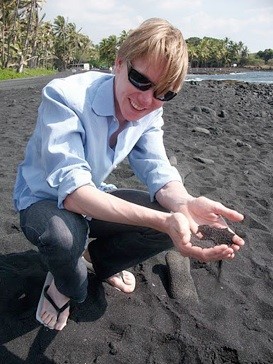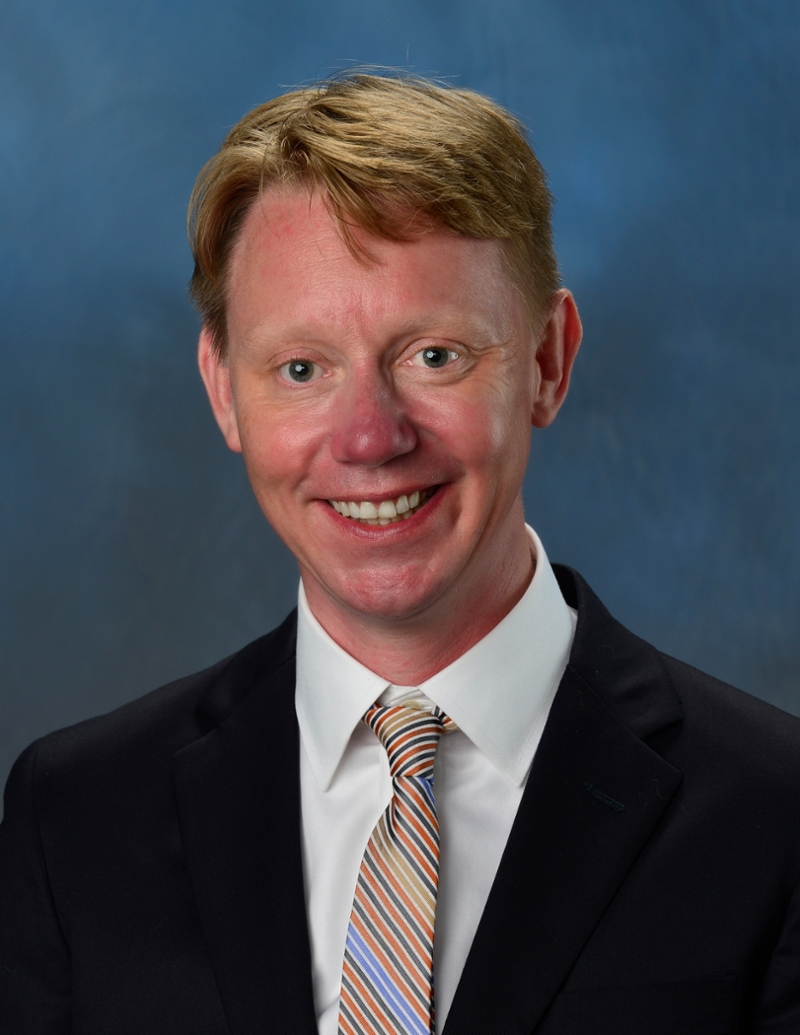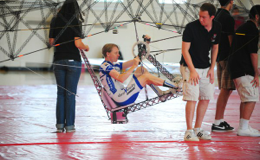COSAM News Articles 2018 September COSAM Faculty Focus: Astrophysicist Dr. Dennis Bodewits Uses Comets to Study the Origins of Our Solar System
COSAM Faculty Focus: Astrophysicist Dr. Dennis Bodewits Uses Comets to Study the Origins of Our Solar System
“Comets are left-over snowballs from the very time when our solar system formed.” The core question about comets is always what properties are linked to that era, and how they have changed over time explains Auburn University Astrophysicist Dr. Dennis Bodewits. “As you get closer, the detail comes to life and the images from the spacecraft reveal a surface that is both absolutely unique and incredible.”
Dr. Bodewits loved learning about astronomy from an early age. Growing up in Hoogezand in the Netherlands, he was a regular at the local planetarium and was fascinated by black holes. He continued his education at the University of Groningen, a 400-year-old institution with a world-famous astronomy department. In the beginning of the 20th century, the astronomy department was so valued by the community that the top person held the power to actually turn off the lights in the town to conduct research.
After graduation, he moved to the United States and began his postdoctoral fellowship at NASA’s Goddard Space Flight Center in Maryland and worked on the Neil Gehrels Swift Observatory. This project gave him the opportunity to study comet evolution and asteroid impacts using a space telescope approximately the size of a MINI Cooper. Learn more about how this mission recorded a comet slowdown from Nature.
His work includes the Deep Impact mission and the European Rosetta mission. These planetary missions visited different comets and allowed him to directly view their nuclei, which cannot be seen directly from Earth because they are hidden by a large cloud of gas and dust. “Understanding how this cloud is connected to the primitive materials within comet nuclei helps us transfer what we learn from the small number of comet missions to the large amount of comets we can study from Earth,” says Dr. Bodewits.
During the Rosetta Mission he rediscovered his passionate connection with atomic physics. Rosetta’s comet, 67P/Churyumov-Gerasimenko, was far from the sun and produced only a cup of water per second–100 times less than the comets normally seen by astronomers. “Understanding the physical reactions that work on the gases in these thin atmospheres allowed the team to learn more about their chemical composition, how they change when exposed to radiation in space and how we can remotely find water on moons throughout the solar system,” he explains.
Dr. Bodewits is currently working on a proposed spacecraft mission that aims to bring back comet samples back to Earth. “The CAESAR mission is the first opportunity to bring back ancient materials for generations of scientists to analyze in state-of-the-art labs investigating where water and complex molecules in our solar system originated,” he says. Once these samples of dust and ice are retrieved from the comet, a canister will be dropped off at the Utah Test and Training Range by parachute for close examination in labs around the world.
One of the reasons that he loves being an astrophysicist is that he enjoys the hands-on aspects of physics and the endless questions that the field of astronomy produces. His niche–understanding atomic and molecular physics–allows him to apply both of his interests to planetary missions. In 2017, the International Astronomical Union named an asteroid in his honor. The asteroid 10033 (Bodewits) is five miles, or eight kilometers wide.
What interested Dr. Bodewits in joining the College of Sciences and Mathematics (COSAM) at Auburn University? He saw an opportunity to intensify his research and teach classes for the first time. “Auburn University’s Department of Physics has a strong international reputation, and I am very proud to join them,” says Dr. Bodewits. His is looking forward to conducting research on experimental and theoretical atomic physics, plasma physics and space weather. He is also anticipating the opening of the new Leach Science Center in 2019 with a telescope terrace on its rooftop. “I am excited about the astronomy labs on the roof, so we can share our passion for science under the actual stars,” he says.
Dr. Bodewits will begin teaching classes to both undergraduate and graduate students at Auburn. He hopes that his work will help inspire students to explore new research projects and ultimately career paths in physics.
Being a native of the Netherlands, it is not surprising that cycling is a passion for Dr. Bodewits. He lives near Chewacla State Park and enjoys the extensive bicycling trails. He even has flown a bicycle helicopter. He piloted the University of Maryland’s Gamera Helicopter, a human-powered helicopter the size of three basketballs courts, resembling a giant drone.
Want to learn more about what is involved in a mission to explore these amazing snowballs from billions of years ago? Watch a video from the European Space Agency about a comet mission, 67P/Churyumov–Gerasimenko, with the spacecraft Rosetta and its lander Philae.
Latest Headlines
-
07/09/2024
-
Summer Bridge Program celebrates 21 incoming Auburn students as they prepare for future STEM careers07/02/2024
-
07/02/2024
-
06/17/2024
-
06/07/2024



